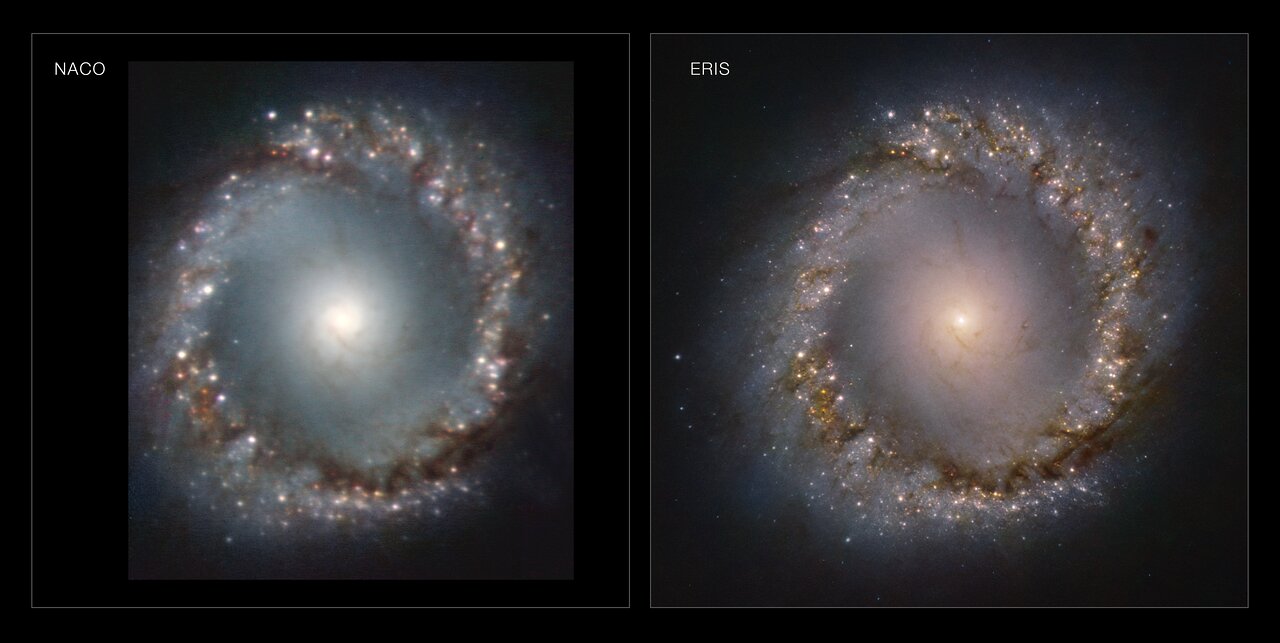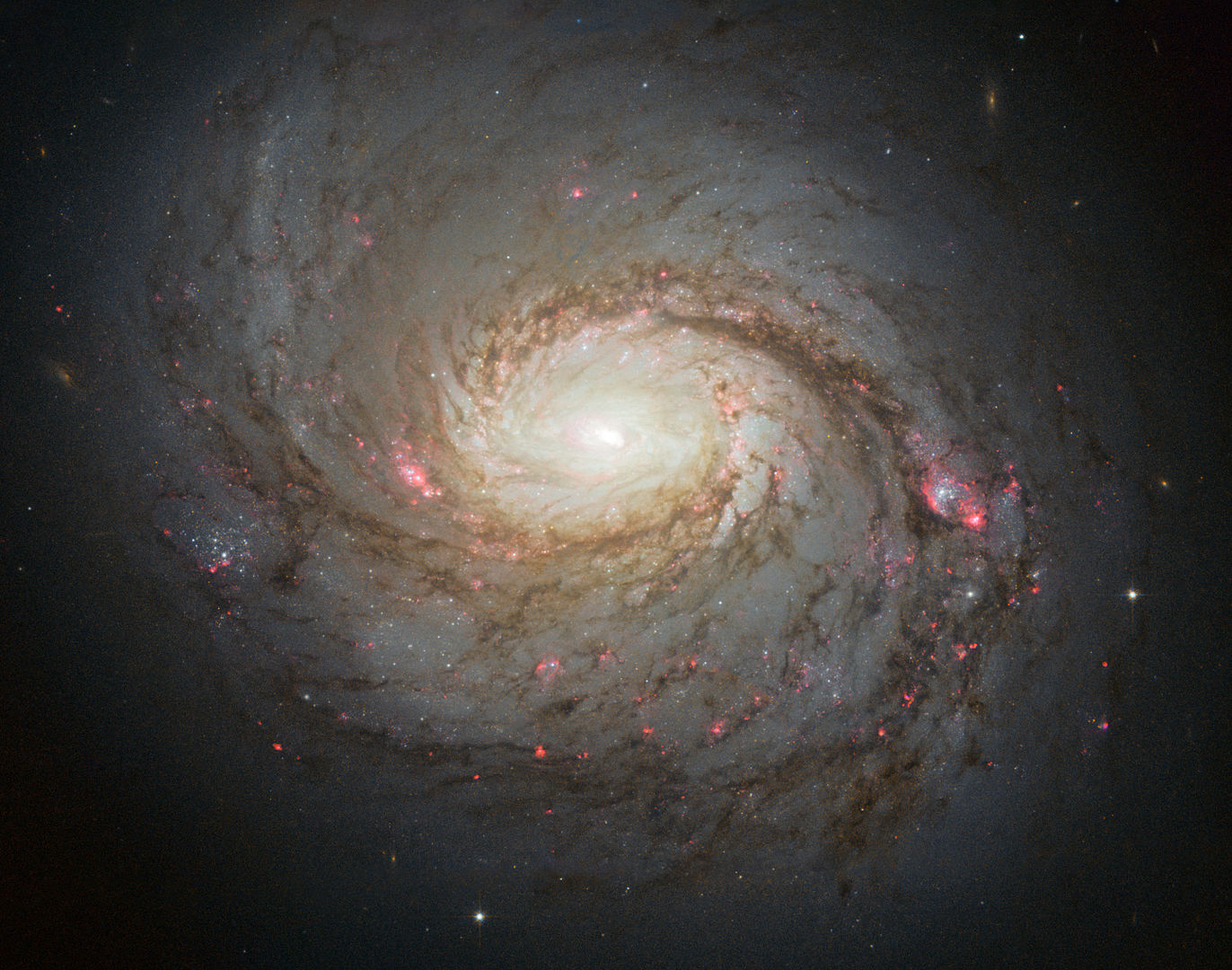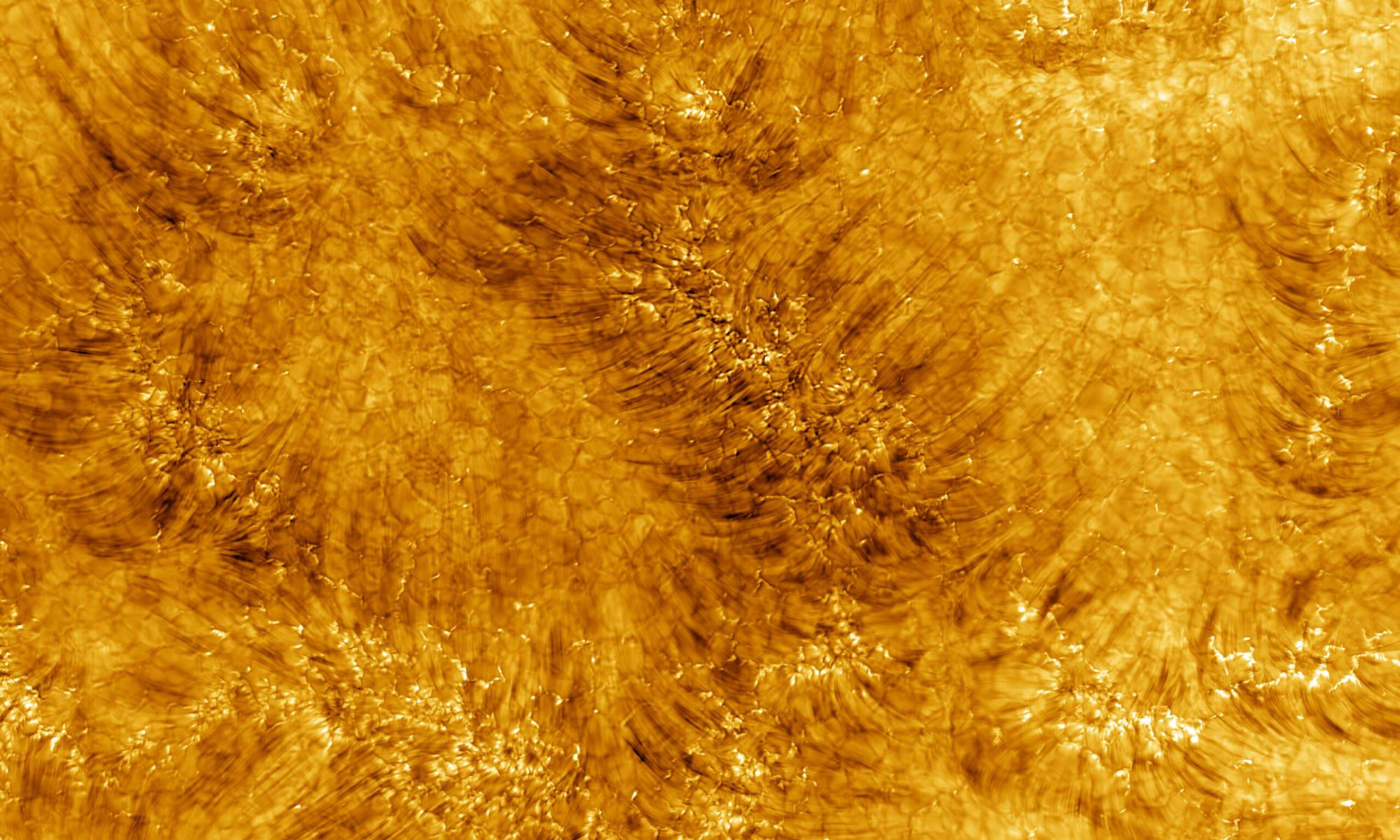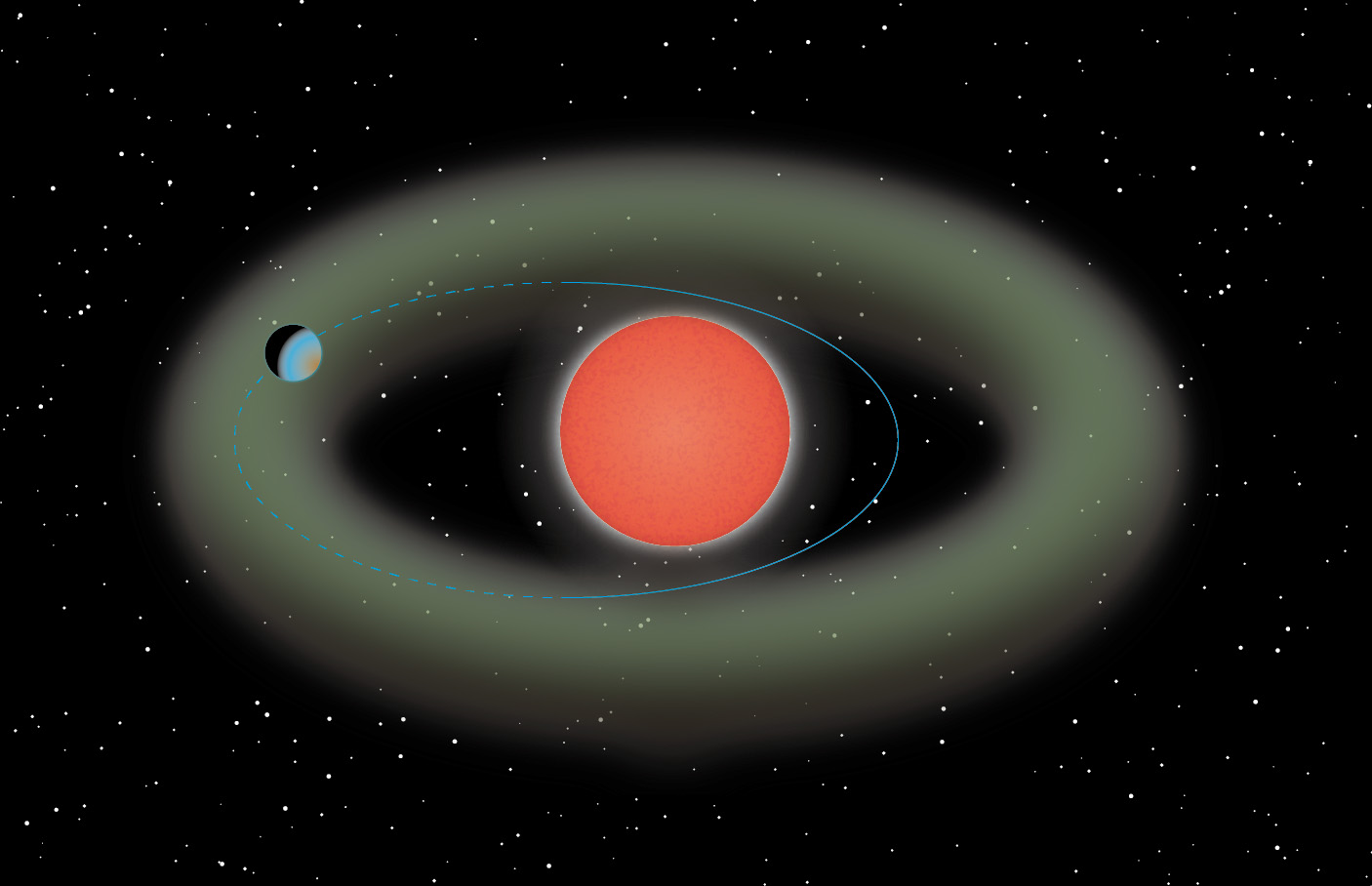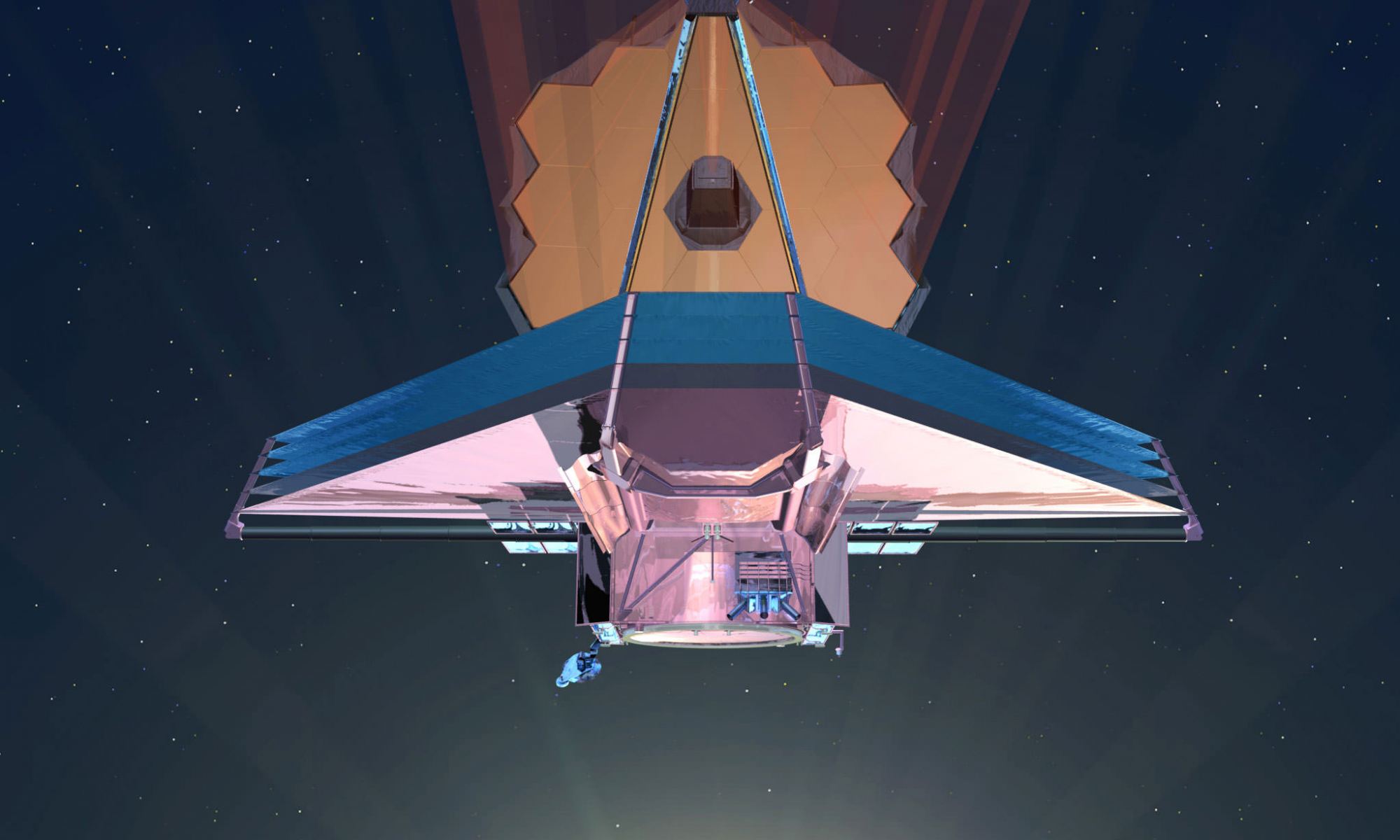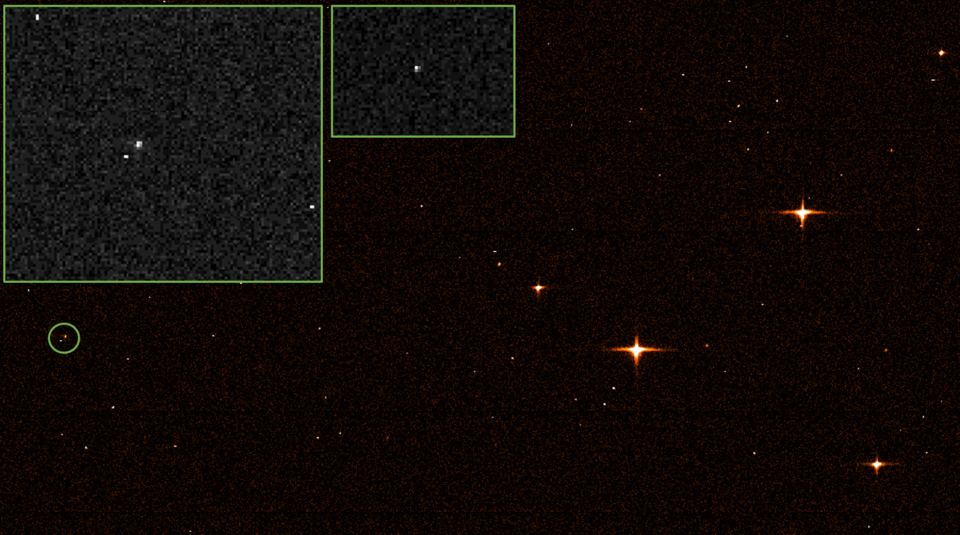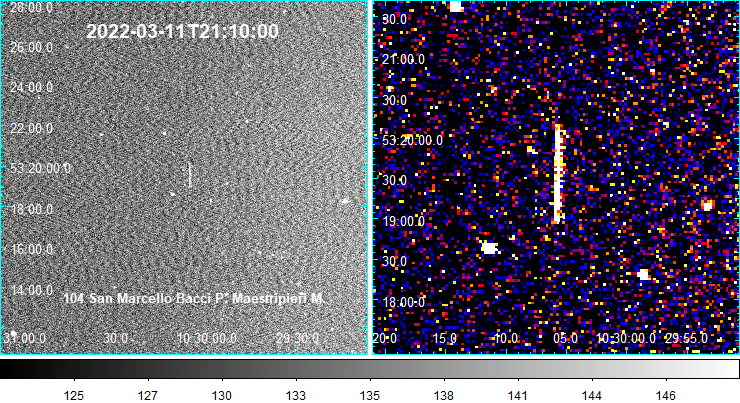The Very Large Telescope (VLT) at Cerro Paranal in northern Chile, is undoubtedly one of the premier ground-based observatories. But a new infrared instrument recently installed on the telescope has made the VLT even better.
The Enhanced Resolution Imager and Spectrograph (ERIS) was delivered to Chile in December, 2021 and the first test observations were carried out beginning in February of this year. ESO, the European Organization for Astronomical Research in the Southern Hemisphere, an international organization which coordinates the use of VLT and several other observatories, says this infrared instrument “will be able to see further and in finer detail, leading the way in Solar System, exoplanet and galaxy observations.”
Continue reading “A New Instrument Gives the Very Large Telescope an Even Sharper View of the Cosmos”
